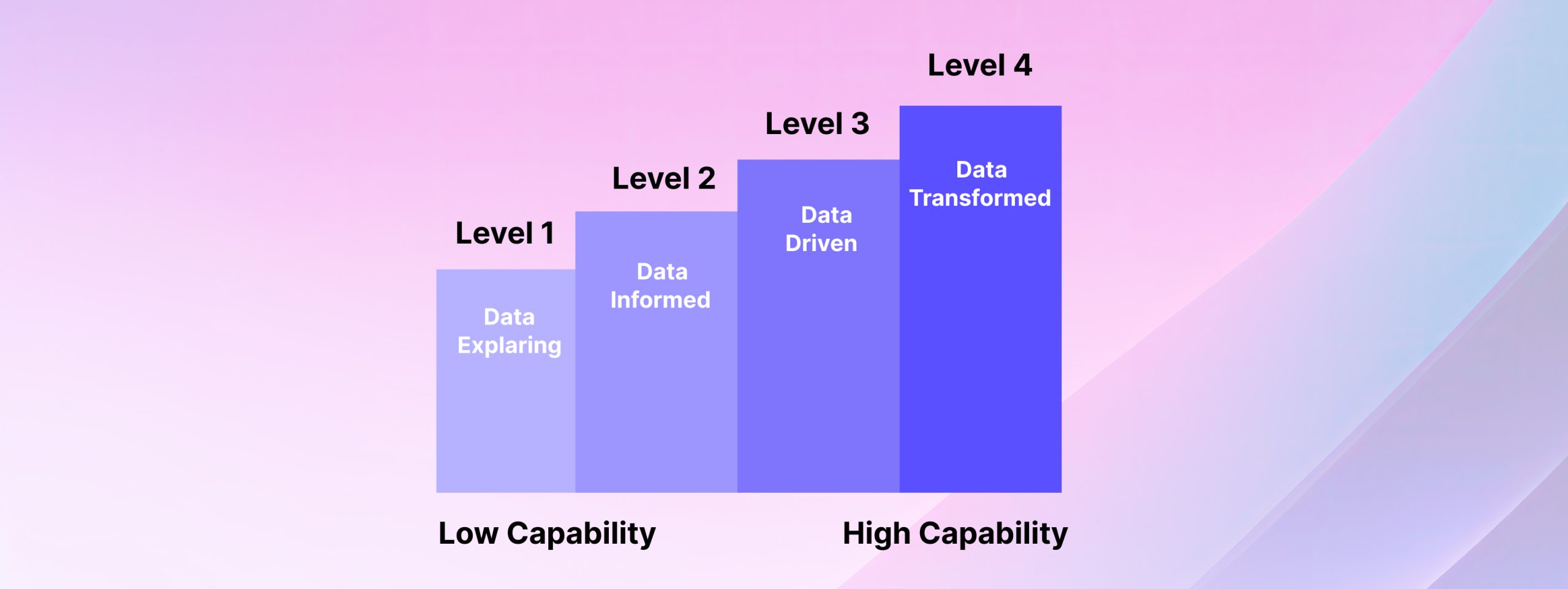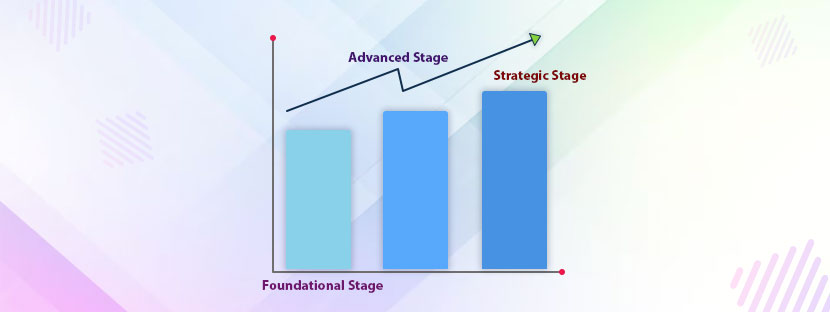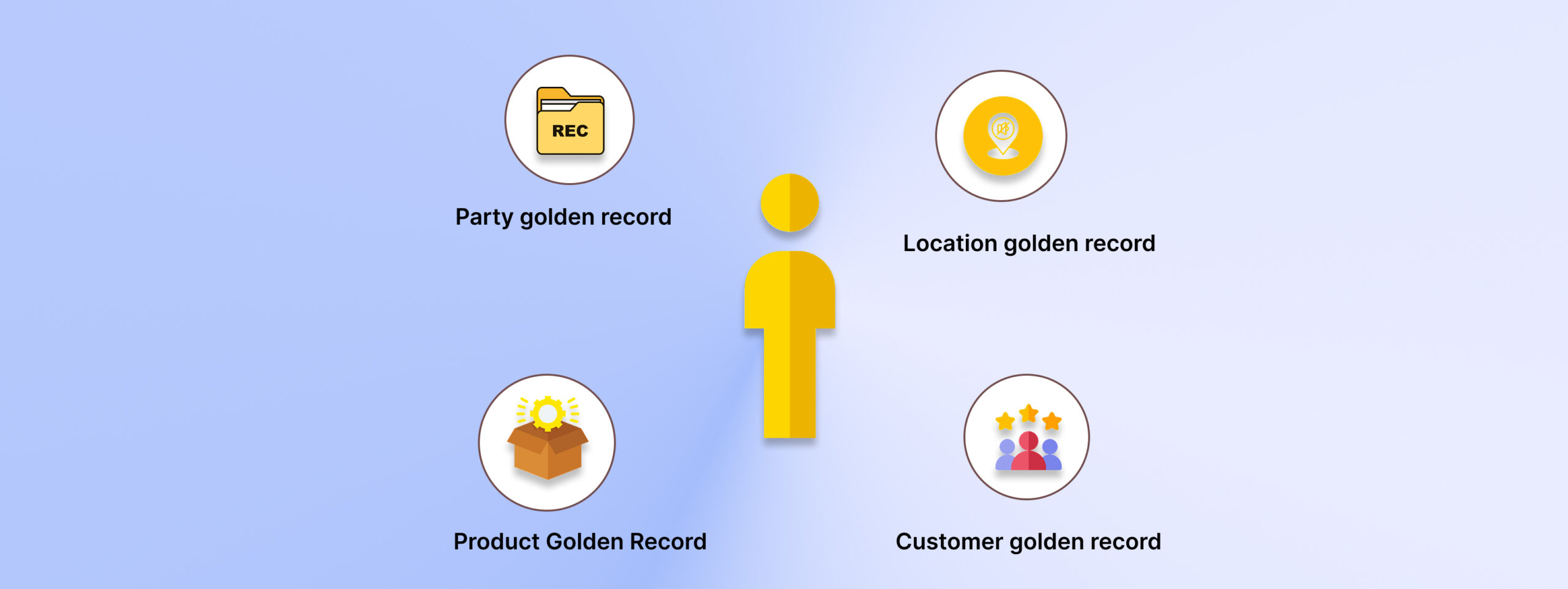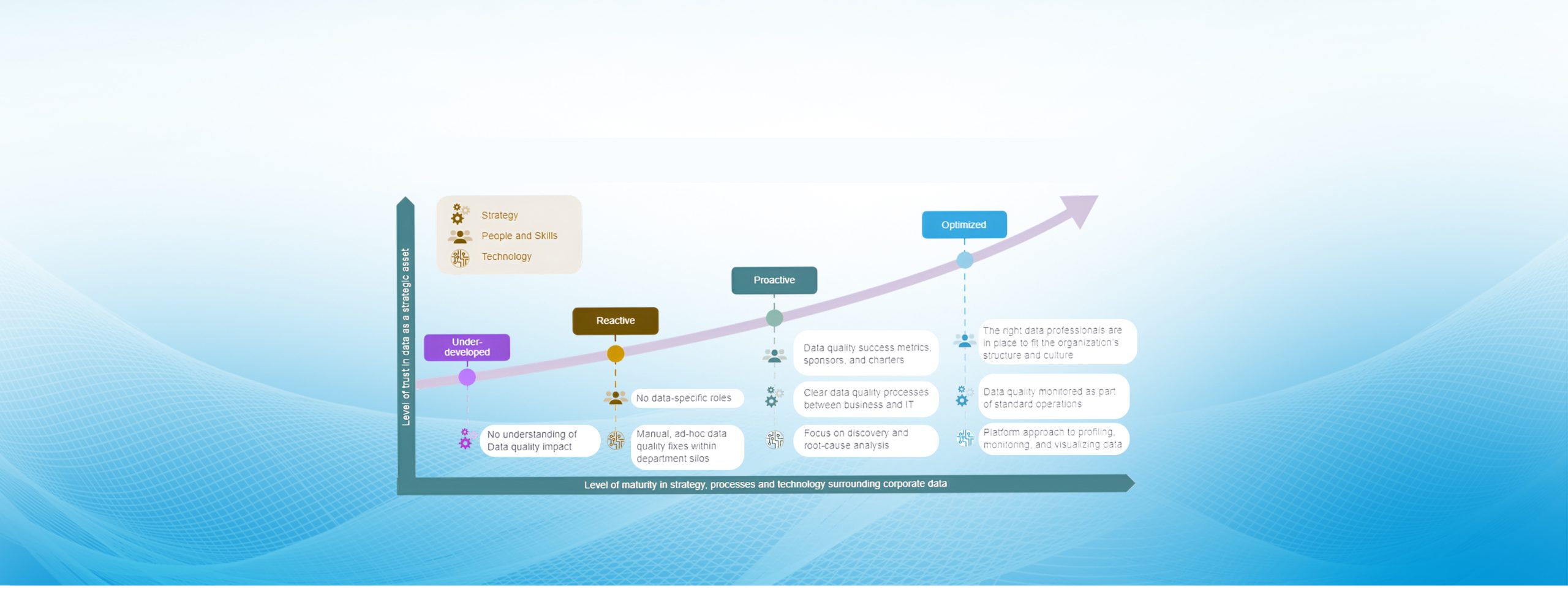If your organization is going through a transformation phase (be it digital or AI adoption), you must check your data maturity level beforehand.
A data-mature company adopts changes or transformations faster. However, various levels of data maturity exist here, so you must know which level your company is currently in. Thereafter, you can bring the change into your organization in the way you want.
But before all these, you have to find out the level of data maturity of your organization. Conducting an assessment is appropriate for this.
Let’s talk about how you can assess your company’s data maturity level in this detailed blog. Ready for this?
Key Things To Consider For Maturity Assessment
A data-mature organization always makes decisions based on the available data insights. They prioritize data over everything when it comes to making decisions and other important matters. Therefore, when you do the assessment of data maturity on any organization, you have to identify the maturity level first. Majorly, there are three levels of data maturity – beginner, intermediate, and advanced.
To find which level of data maturity your company is in, you must consider the following aspects;
Data strategy & vision
What is the business goal of your organization? Is the data strategy aligned with the business goals at all? What is the long-term vision of your organization regarding data maturity?
Data governance
The structure of data governance plays the most critical part in achieving data maturity. So you need to check whether the data governance matters are aligned or not. You can check that with the help of the following questions;
💠Are all roles defined?
💠Who takes data responsibility?
💠Does the organization have any fixed data policy?
💠What does the data ownership structure look like?
Data quality
Data maturity works well when the quality of data inflow is consistent. Quality of the data is supremely powerful; thus, you have to check whether the organization is following data quality parameters or not. It sums up to that your data is accurate, consistent, and complete.
Data infrastructure & architecture
An efficient data architecture additionally pushes organizations to achieve data maturity. It supports the organization with a tech stack, creating space for data storage, helping in processing data, and addressing other matters. So, you need to check this side also.
Culture & leadership
Assess whether data is a core part of the culture and the decision-making process or not. Analyze the style of the leadership and assess their promptness in adopting data-backed decisions.
People & skills
Are all employees empowered to use data metrics? What is the data literacy rate of the organization?
Data Maturity Models to Consider
It’s a journey overall, from the beginner stage to reach the advanced stage of data maturity. You can take help from data maturity models to understand the matter. We are going to discuss and compare two popular data maturity models to know how things actually work.
Gartner’s Analytics Maturity Model
Gartner mainly preaches a model that helps data analytics leaders address the loopholes of their data improvement initiatives. This model checks whether the new data development initiatives support business objectives or not. Also, it provides a detailed roadmap to improve the data measures.
This data maturity model talks about four stages:
🔶 Descriptive Analysis (what happened?)
🔶 Diagnostic Analysis(why did it happen?)
🔶 Predictive Analysis (what will happen?)
🔶 Prescriptive Analytics (how can we make it happen?)
Organizations can bring data maturity through these four stages over time and if followed well. Also, the model shows the way to optimize data to the maximum level.
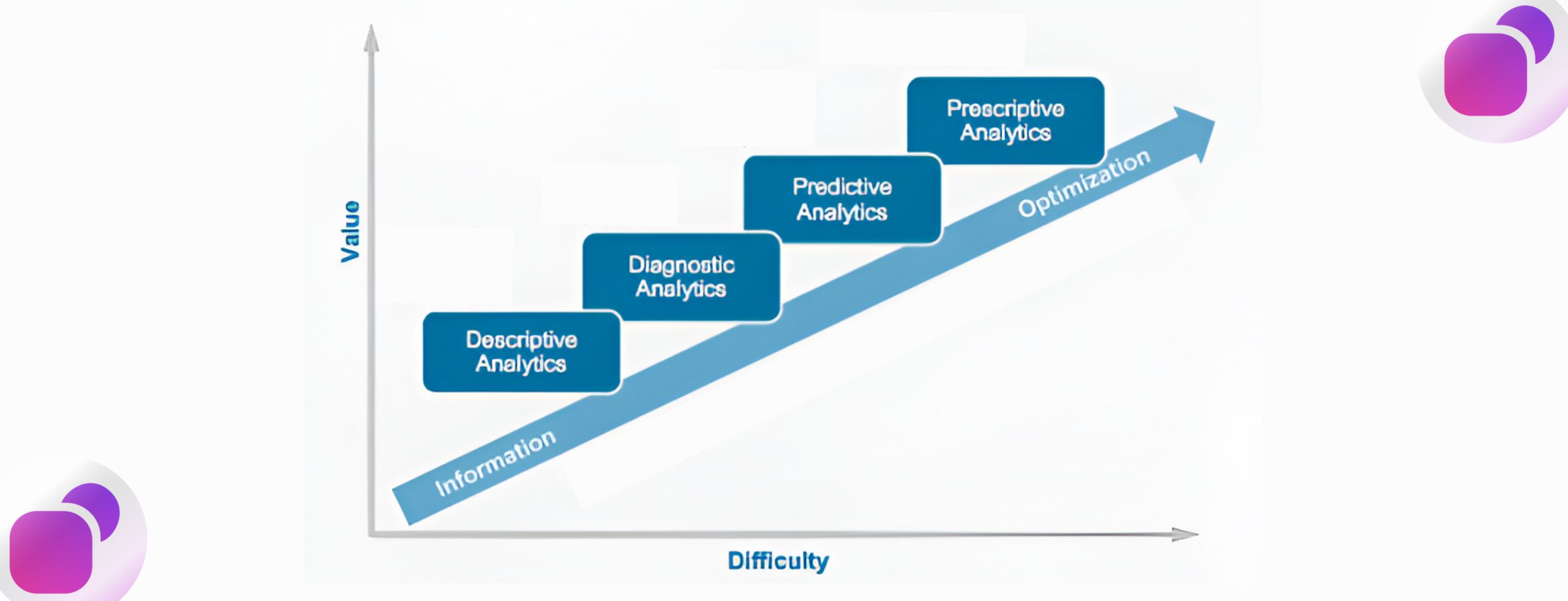
DAMA’s Data Maturity Model
Originally, Carnegie Mellon University developed the Capability Maturity Model (CMM) to improve organizations’ data processing and procedures. Later on, it got transformed into LAMA’s data maturity model. As per this model, there are four levels of maturity that exist in data-driven organization. These are like;
How Do You Conduct the Data Maturity Assessment?
Data maturity is another way of describing an organization that is well into its data, especially data transformation. Valuable data is rare, and organizations work hard to make their data valuable. To make decisions, organizations need valuable data. More than 94% of leaders demand more valuable data to make business decisions.
Data maturity is no longer an extra step; rather, it becomes essential to make rational business decisions. To conduct a data maturity assessment, you can follow these methods.
Stakeholder interview and workshop
Interview with the top leadership at your organization and discuss how data is being used in the decision-making process. What type of data is being used in the organization, and what is not, you can talk about that. This will help you guess which level your organization is currently in.
Surveys and questionnaires
Use surveys and questionnaires to collect quantitative and qualitative insights from employees across your organization. This will help you to get a broad view of your data practices, and hence, you can understand things better.
Tech stack review
Conduct an audit of the current tech stack and the infrastructure of the organization. This will reveal how much preparedness your organization has agreed to.
Gap finding and benchmarking
Here, you can take professional help. You can outsource data management services here. This will help you find gaps within your data management practices and fix them. You can maintain a data standard also when you apply the data management core practices.

